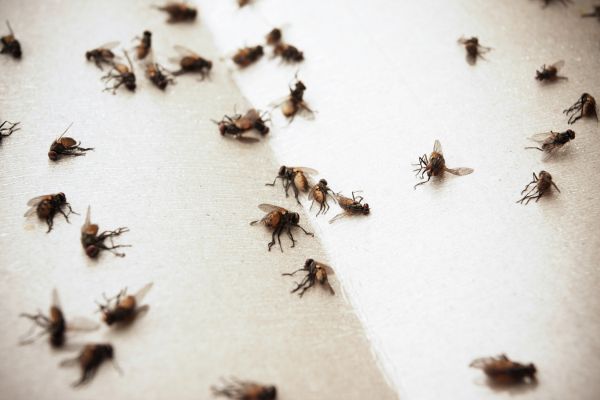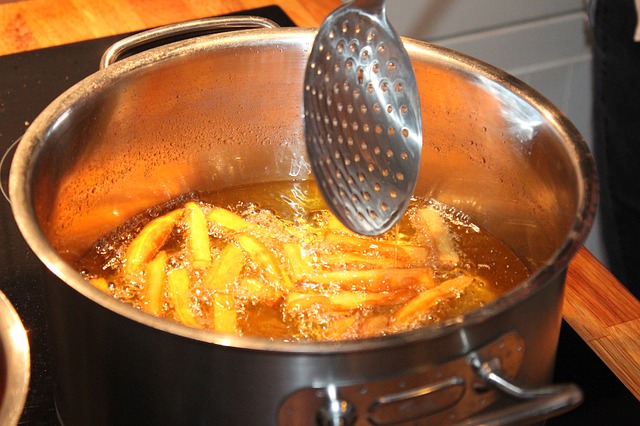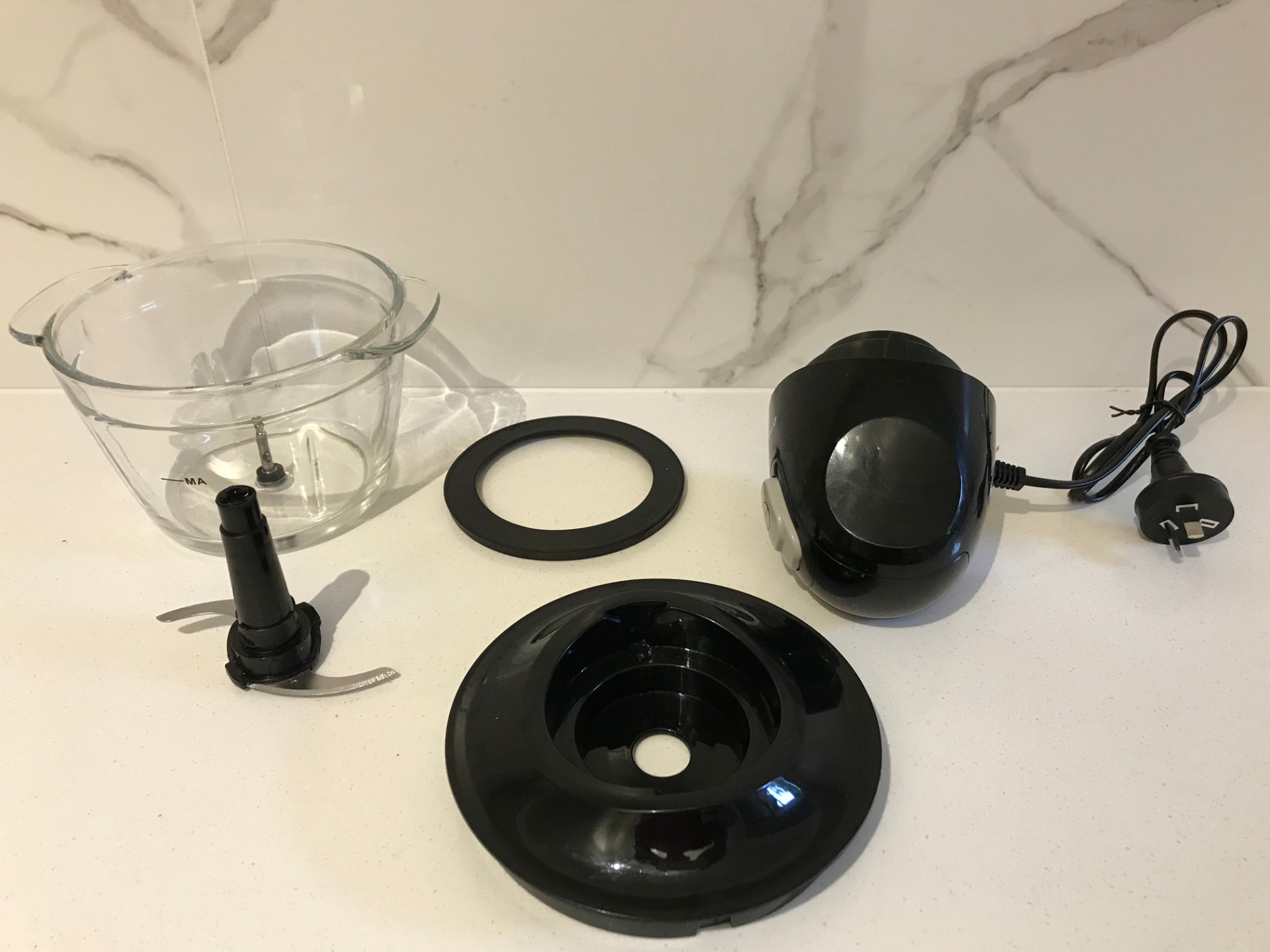When it comes to Filipino gatherings, food is the common denominator. We also bring out our Filipino eating habits. We share our own home cook meals to a party, we invade a town fiesta to savor specialty dishes, and food is always present whether it’s a meeting of friends, the wake of a neighbor’s recent passing, or a romantic date.
Filipino eating habits we commonly observe
But while food has always been ingrained in many aspects of Filipino culture, there’s a lot to learn when it comes to habits before, during, or after meals.

Arriving late at the appointed time
Whether meeting up at a fast food joint or going to a birthday party, there are that one or two friends who often get tardy and have an assortment of reasons to justify why he or she is late. That friend could have been a habitual late comer who was subjected all sorts of punishments in school for tardiness and has seen his payslip routinely marked with salary deduction for failing to arrive at work on time.
If penalties in school and work didn’t stop that friend from changing his ways, pointing your finger on your watch as he arrives late won’t. Maybe setting a different time for him (like an hour ahead of others) might do the trick.
Cannot gather together to the table
“Dinner is ready,” the family’s cook might exhort everyone to come to the table. But the response can be tepid at best, as though not everyone is hungry and excited to eat. As everyone rushes out in the morning and spends lunch at respective workplaces and schools, dinner has the best opportunity to gather and talk about how everyone’s day went.
But some families (Filipino or not) still miss this chance. Children busy with their gadgets and parents arrive way past dinner time means there’s a lack of quorum at the table and everyone’s deprived of quality family moments.
Sniffing food like an airport K9 dog
Sometimes we notice our mother’s signature dish and inhale its aroma far from the kitchen. The heavenly scent of roasted chicken or wafting of cinnamon-flavored baked goods fresh from the oven. We can’t help but savor the whiff and anticipate a hearty meal waiting at the table.
But you might also have a friend at a larger gathering who is fond of sniffing food like a police dog in search of contraband goods. As a guest sitting in a long table with other strangers, this gesture is not cool at all. If your mom gets flattered with your reaction about the savory dish she brings out of the kitchen, she’ll feel offended if the hours of her labor of love in the kitchen will be only be met with a suspicious sniff before consuming them.
Not using serving utensils
Communal meals are often served with a wide variety of dishes, from soups to veggies, desserts and main course. It is expected that each guest will have to pick a small portion of each dish using the serving spoon, knife or fork provided.
However, you might notice a fellow guest failing to apply this sanitary table etiquette. She licks her spoon before plunging it into a bowl of giniling. Or a family member picking hotdog with bare hand instead of a fork.
Our table manners reflect on how each one of us was brought up at home. Let’s be more sensible and look after others before gobbling food to our stomachs’ delight.
Double dipping
Concerning the previous point, another unsanitary thing often observed at the Filipino dining table is the habit of double-dipping. It’s the process of dipping food (Jollibee chicken joy or nacho) into gravy or sawsawan, take a bite and dip again. We guess that’s because Filipinos are often so used to this behavior like sharing the same bagoong dip for unripe mango or bananas with close family members, or sharing the same shot glass while drinking Red Horse with neighbors by the roadside.
However, this anecdotal evidence and everyday experiences do not mean we are supposed to apply it everywhere. The habit could easily be brought to bigger gatherings, much to the shock and chagrin of other people.
Feasting on extra rice
It’s a well-known fact that Filipinos love to eat rice, our staple food and a constant companion for breakfast, lunch, dinner, and even during meriendas (yes, we are talking about you, lugaw and champorado). But Filipinos don’t seem to get enough of rice and treat rice-less meals as mere snacks. So food businesses captured our weak spot and offer unlimited rice meals to get our attention.
Despite knowing the adverse effects on excessive carbo-loading, we Filipinos can’t resist the allure and attraction of rice when presented with all-time favorites like pork liempo, tapa, inihaw na isda and lechon.

Not cleaning up the plate
The setting Filipino dinner parties is typically composed of a collection of dishes in the middle of the room, and guests surround the table like lions seizing up their prey. Afraid of losing out on that tasty ginataang mongo or chicken drumstick, we tend to fill our plates with whatever we can get. Noodles, meat, rice, bread, muffins, you name it, it’s in our plates.
Soon, our greed caught up with us. By the time we reach our seats, we can’t imagine how can we finish it all. In the end, more food waste piled up in the rubbish bin, leaving small portions for those who wish to take food home (more on this in a bit).
Expecting someone to pay for the meal
When the meal has been concluded and everyone is smiling yet complaining of a tighter waistline, nobody seems to care about the bill. Then someone pretends to joke about leaving his wallet home. Or praising someone for that well-deserved promotion. Then everybody gangs up with a chorus “pa-burger na yan”.
Trying to save face and avoid embarrassment, the poor thing folds into pressure and agrees to shoulder everyone’s meal even if it was meant for something more justifiable (tuition fee, grocery for the week, etc).
Hoarding food for take-home meals
Hoarding food after a party is a common sight, but even others don’t wait for the gathering to conclude and other people to finish their meals. They start picking on their selected dishes and place them on plastic containers they brought for this specific purpose.
The bright side of this is that there’s less food wasted. The dark side of this is the apparent lack of respect for hosts and other guests and food hoarding behavior displays an uncivilized personality that will raise eyebrows. Whether this guest gets invited — or shows up uninvited — in the next social gathering remains to be seen.
Conclusion
In a country whose people acknowledge its own bad reputation such as crab mentality and mañana habit, it might take just a simple reminder to get rid of a cringe-worthy table manner.




On my many visits to tacloban i do not understand why in restaurants they eat arms either side of plate like a dog guarding its bowl.